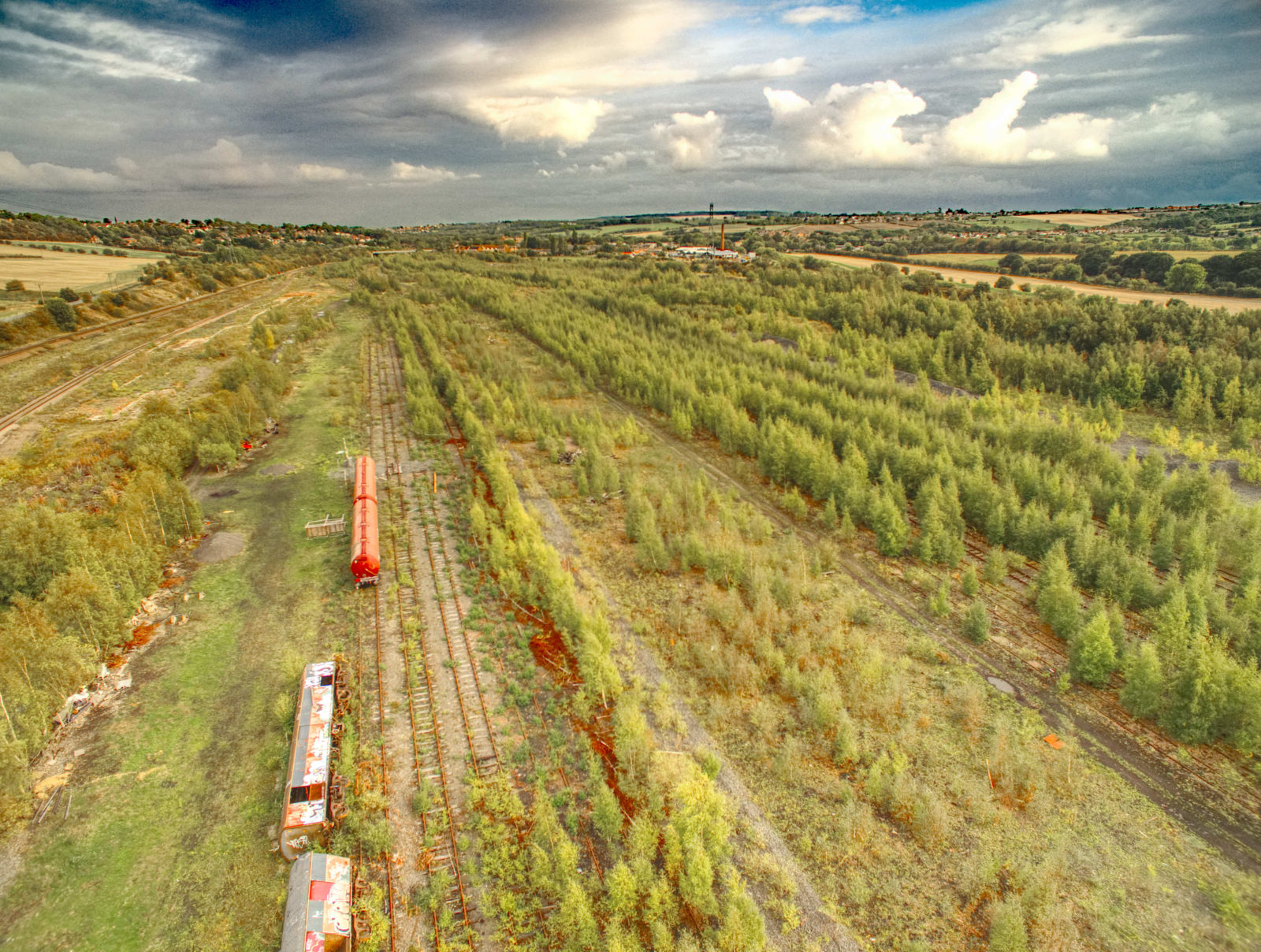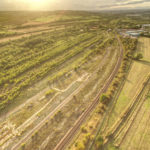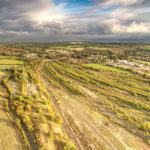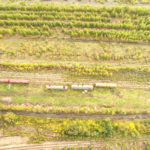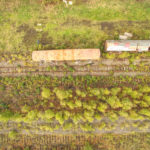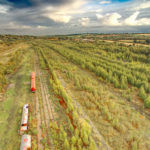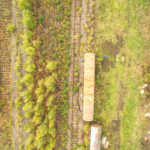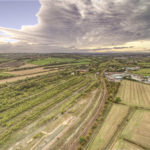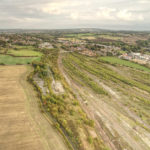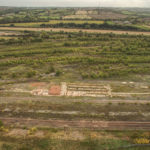Derelict train lines and carriages
The find
I saw a photograph on one of the Yorkshire Drone Facebook forums that I am a member of which had a picture of a derelict train line. Some digging led me to find that this was Healey Mills in Ossett.
I took a look on Google Maps and found this.
Once I found the place on Google and did some research and found out that it was once one of the largest marshalling yards (a large railway yard in which freight wagons are organised into trains) in Europe.
The place was closed down as road transport became more prevalent and the Yorkshire coal industry slowed.
A bit about Healey Mills Marshalling yard
The Healey Mills Marshalling Yard is a fascinating piece of industrial history that has played a significant role in the transportation of goods across the UK. Located in West Yorkshire, the yard was once one of the busiest in the country, handling thousands of trains every day. Today, it stands as a testament to the ingenuity and hard work of the railway workers who made it all possible.
The marshalling yard was first opened in 1963 and was designed to accommodate the growing demand for freight transportation. It was built on a sprawling 250-acre site and featured 60 miles of railway track, 15 miles of signalling equipment, and a network of cranes and other machinery. At its peak, the yard could handle up to 3000 wagons per day, making it one of the largest and most efficient in Europe.
The yard's operation was a highly coordinated effort, with hundreds of workers involved in the loading, unloading, and shunting of goods. The yard was divided into several sections, each with its own specific purpose. There was a sorting area, where incoming trains were separated and goods were directed to their appropriate destinations. There was also a repair yard, where damaged wagons were repaired and maintained.
One of the most impressive features of the yard was its hump yard, which was used to sort wagons according to their final destination. The hump yard was a raised section of track, which allowed wagons to be pushed over the top and then allowed to roll down to the correct track. This was done using a system of brakes and switches, which ensured that each wagon was directed to the right location.
Despite its impressive size and efficiency, the Healey Mills Marshalling Yard eventually fell out of use in the 1980s, as changes in the transportation industry made it less cost-effective. Today, the yard is largely abandoned, with much of the machinery and equipment either removed or rusting away. However, the site still holds a special place in the hearts of railway enthusiasts and historians alike, who appreciate its significance to the UK's industrial heritage.
Access
I found a couple of potential access points on Google Maps and drove to Ossett. It wasn't particularly easy access but if you have a look around Healey New Mills you should be able to figure it out.
Location
Here is a Google map of the Healey Mills Marshalling yard, this is an embedded Google map, so you can zoom in and out and move around on the map.
The Drone Adventure
I was amazed to find carriages still on the tracks, some knocked over. I later found out that these were used by the police to practice for train emergencies.
Pictures
Here are some of my lower def pictures. High def ones here
A few facts about Healey Mills marshalling yard
- The marshalling yard was designed to handle up to 3000 wagons per day, making it one of the largest and most efficient in Europe.
- The yard covered a sprawling 250-acre site, with 60 miles of railway track and 15 miles of signalling equipment.
- The hump yard was a raised section of track that allowed wagons to be sorted according to their final destination. This was done using a system of brakes and switches, which ensured that each wagon was directed to the right location.
- The marshalling yard was highly coordinated, with hundreds of workers involved in the loading, unloading, and shunting of goods.
- The yard fell out of use in the 1980s, as changes in the transportation industry made it less cost-effective.
- Today, the site is largely abandoned, with much of the machinery and equipment either removed or rusting away.
- The Healey Mills Marshalling Yard played a significant role in the transportation of goods across the UK, and stands as a testament to the ingenuity and hard work of the railway workers who made it all possible.
Video
This is my video, please subscribe to my YouTube channel to be the first to see any new videos.
This is my second (And, I think, better attempt):
This is my first video
Lots more cool places to visit
Click here to see some of my other favourite places to visit, whether you have a drone or not.
